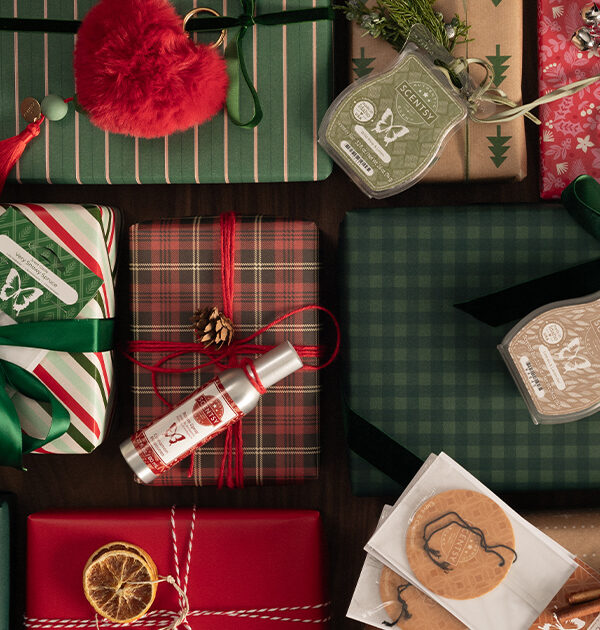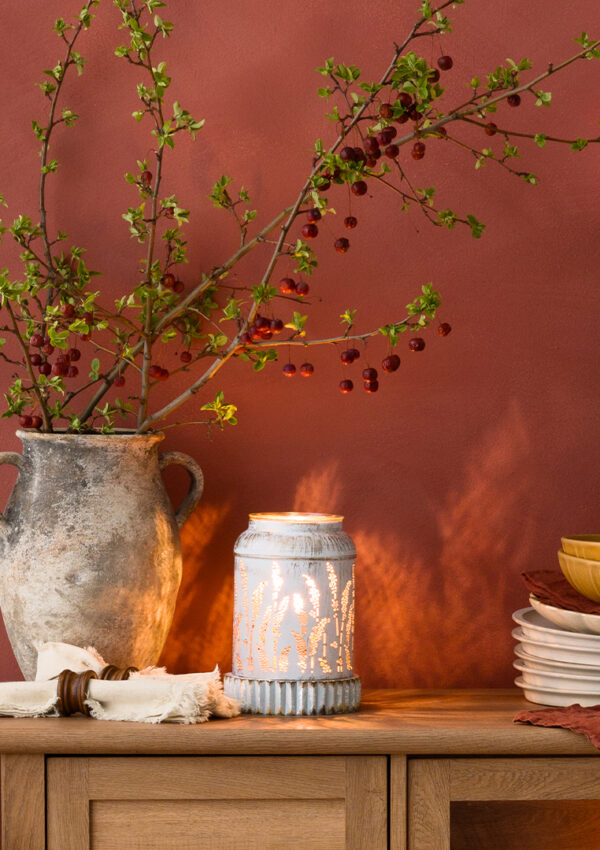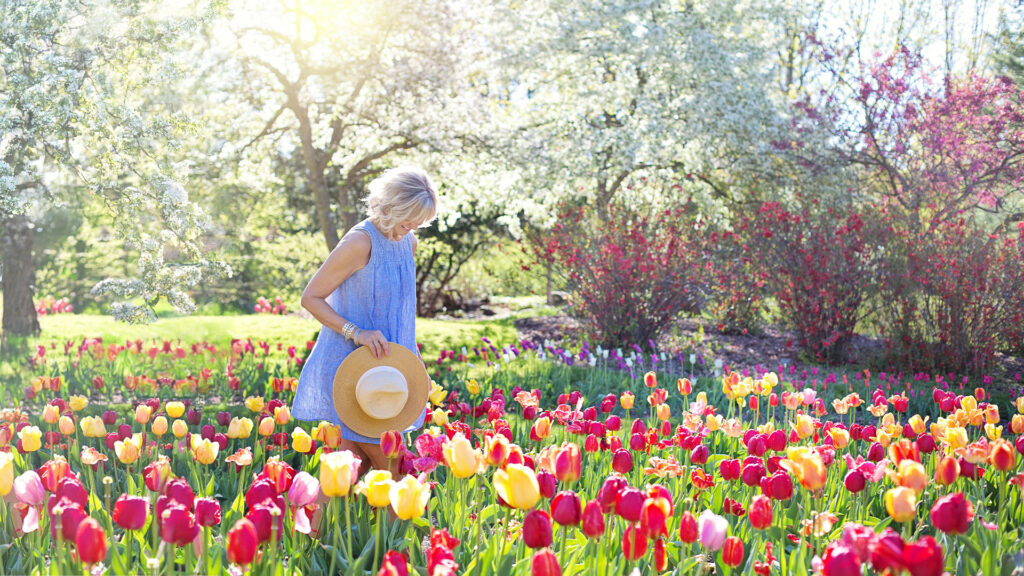
If you take a stroll through the Scentsy Commons campus this summer, you’ll likely find butterflies, bees and other pollinators enjoying the flora in our landscaping. While admiring these beautiful, fluttering visitors is reason enough to create a pollinator-friendly garden, doing so can also have ecological benefits!
In recent years experts have noted a decline in pollinator populations, which can have a resounding effect on agriculture, the ecosystem and much more. As a result, pollinator-friendly gardens have been trending as communities around the globe seek to support their local pollinators. Learn how you can contribute to the solution below!
No. 1: Select pollinator-friendly, native plants
Choose the right plants when creating your pollinator garden. Pollinator-friendly plants provide a good food source for bees, butterflies, hummingbirds and more. Remember to select plants that will flourish in your hardiness zone and garden space. Here is a short list of plants that support pollinators:
- Allium
- Aster
- Bee balm
- Catmint
- Coneflower
- Hyssop
- Lavender
- Milkweed
- Salvia
- Sunflower
- Yarrow
- Zinnia
Additionally, opt for plants that are native to your area. Native plants have many benefits — they tend to be low-maintenance and hardy to pests, while also providing food and shelter for your local wildlife. Plus, native plants have evolved alongside local pollinators, meaning some pollinators need access to certain plants in order to thrive. Find out which plants are native to your area in this resource from the Xerces Society.
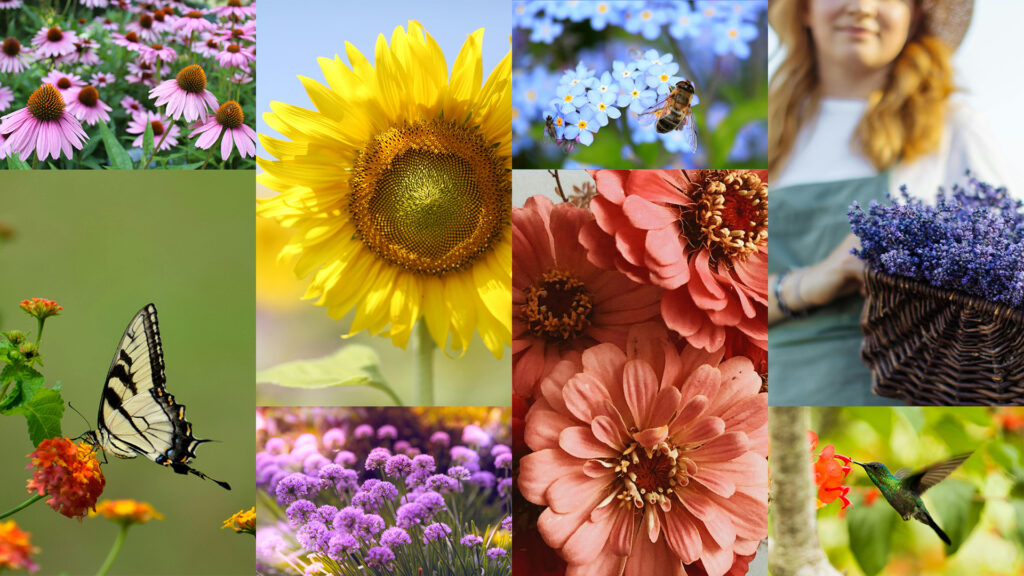
No. 2: Consider bloom time
Do a little research to ensure your garden blooms continuously from spring through fall. Not only will this increase the visual appeal of your outdoor space, but it will also provide a never-ending buffet for pollinators throughout the seasons.
No. 3: Reduce pesticides in your garden
Pesticides can be detrimental to the pollinator population. Whenever possible, avoid using insecticides, herbicides and fungicides in your garden. Opt for native plants that naturally withstand the pests in your region, or try alternative pesticides.
No. 4: Set up a bee fountain
Bees need water like any other creature, especially in the heat of summer. Make it easier for them to find a cool drink by creating a bee watering fountain. Your fountain can take many forms. For an easy DIY fountain, fill a watertight saucer with clean gravel and water. The gravel gives the bees a place to rest while they drink — almost like tiny stepping stones. Place the saucer near your flower beds and remember to refill it regularly.
No. 5: Build a bee hotel
Unlike colony-dwelling bees who lay eggs in their hives, solitary bees must search around for a safe place to lay their eggs — such as hollow plant stems. You can provide a suitable environment by building a bee hotel. Gather straw-like structures, including bamboo or rolled up tubes of paper, and place them lengthwise in an open-sided container to make a hospitable home for baby bees.
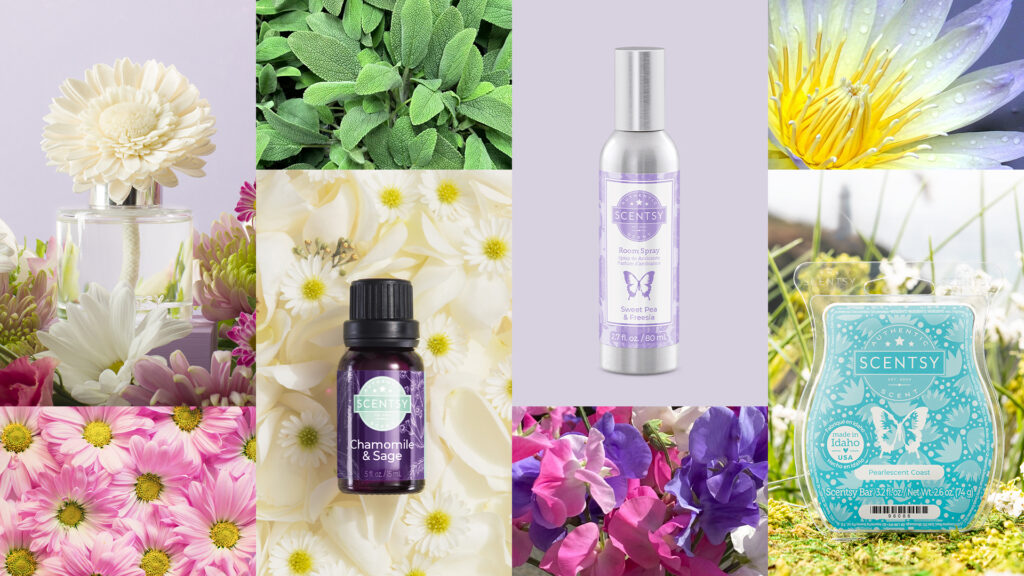
Explore Scentsy floral fragrances
When you head inside after working in the garden, bring the flower vibes indoors with floral Scentsy fragrances. Choose from tried-and-true scents, like a Luna Fragrance Flower or Chamomile & Sage Scentsy Oil, or try a new fragrance from our Spring/Summer 2025 Catalog, like a Sweet Pea & Freesia Room Spray or Pearlescent Coast Scentsy Bar. There’s a scent for everyone, so be sure to see the full lineup on scentsy.com.

